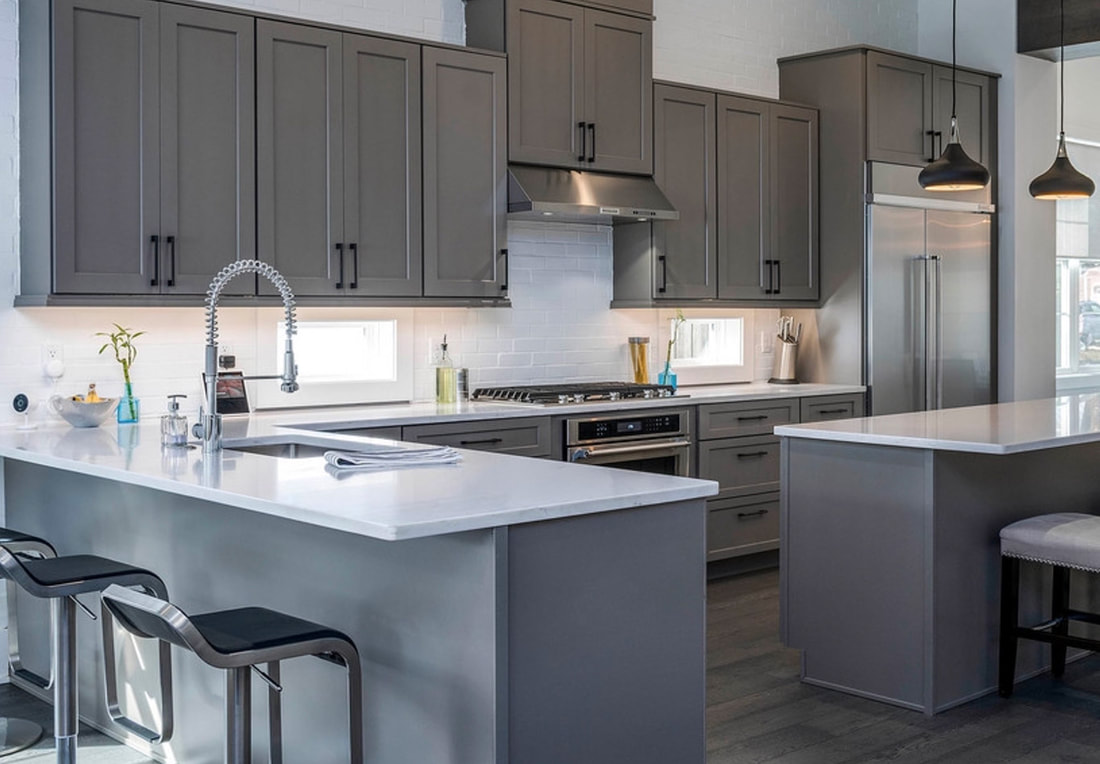|
Virtually all cabinet producers offer a warranty with their product. If they don't, that should be a red flag. Cabinets are not a cheap expenditure and they get a lot of use so regardless of where you buy them, make sure you understand the warranty.
Warranties vary with regard to what's covered, the duration and the manufacturer. A good rule of thumb is that manufacturers who build quality products are not afraid to stand behind them with a solid warranty. Here are some key points to consider: Duration - How long is the product warranted? What you'll find here are different levels or tiers of coverage, depending on the manufacturer. Typical durations are 1 year, 5 years or lifetime coverage. Be aware of what the manufacturer considers "lifetime"; some warranties state that a kitchen cabinet's lifetime is considered to be 10 years. This may or may not be a long time depending on your perspective and how long you plan on staying in the same house or with the same style of kitchen. Some manufacturers also vary the warranty coverage within their product lines. Lower-end product lines have the shortest or most limited warranty whereas the high-end line enjoys the longest warranty period. Personally, I think 10 years is on the low side of any range of cabinet life. I say this because I had cabinets in my home that (before we remodeled) were original to when the house was built in 1965. They were over 40 years old. The drawer slides and fronts wore out but the boxes, frames, shelves, doors and hinges were still solid. If a manufacturer believes their product's working life is only 10 years, I am inclined to doubt the quality of that product. Call me old-fashioned but I think cabinets that are well made should last longer than 10 years under normal use. Coverage - Find out specifically what's covered and what's not. Most if not all warranties will cover defects in workmanship and materials. They usually won't cover any damage that's inflicted once the cabinets are in place or the result of improper use or care. Some manufacturers also won't cover parts that do not have a finish (like bare wood parts). Some manufacturers provide warranty on separate parts like drawers, drawer slides, hinges and similar hardware. These items are covered separately from the more generic coverage on the cabinet boxes and may also have different levels of coverage. For example one manufacturer offers a 5 year warranty on workmanship and materials and a limited lifetime warranty on the drawers and drawer guides. Compensation - What's actually provided to you should you have a legitimate warranty claim? In most if not all cases cabinet warranties provide either repair or replacement of the defective component, at the discretion of the manufacturer. Some may offer reimbursement of the cost of the parts if they are no longer available. One thing to keep in mind is that usually only the defective part or parts are covered by the warranty. There is typically no compensation for any labor or parts required to gain access to repair or replace the defective cabinet parts. Examples would be the requirement to remove countertops or appliances. The point here is to highlight that while these warranties are not complex, there are enough differences and nuances among manufacturers and product lines that understanding them before you buy is a worthwhile exercise. Comments are closed.
|
Kitchen Cabinets Factory in Vietnam
Archives
May 2024
Categories
All
|
Copyright© Cabinetry Factory All Rights Reserved





 RSS Feed
RSS Feed
